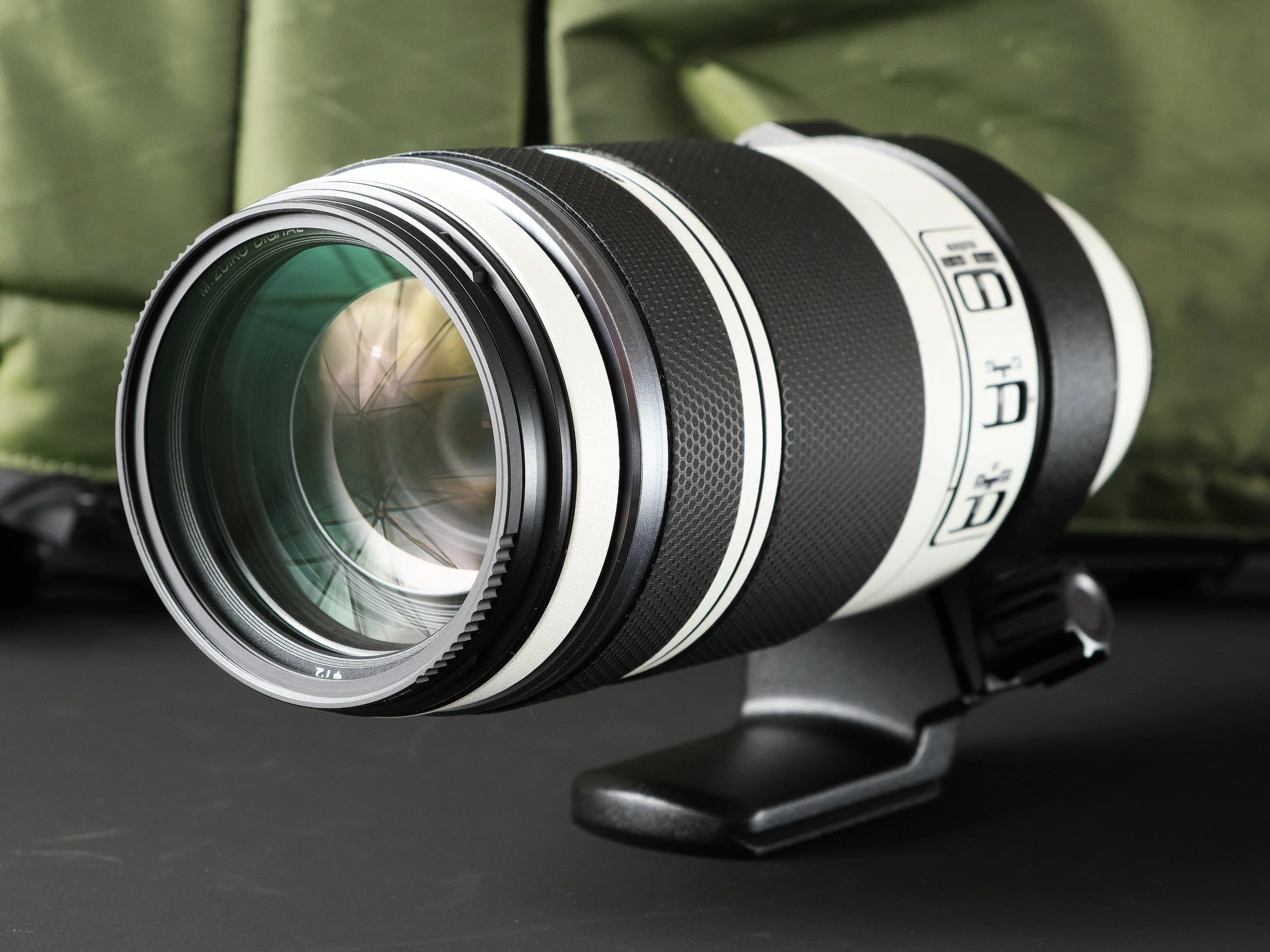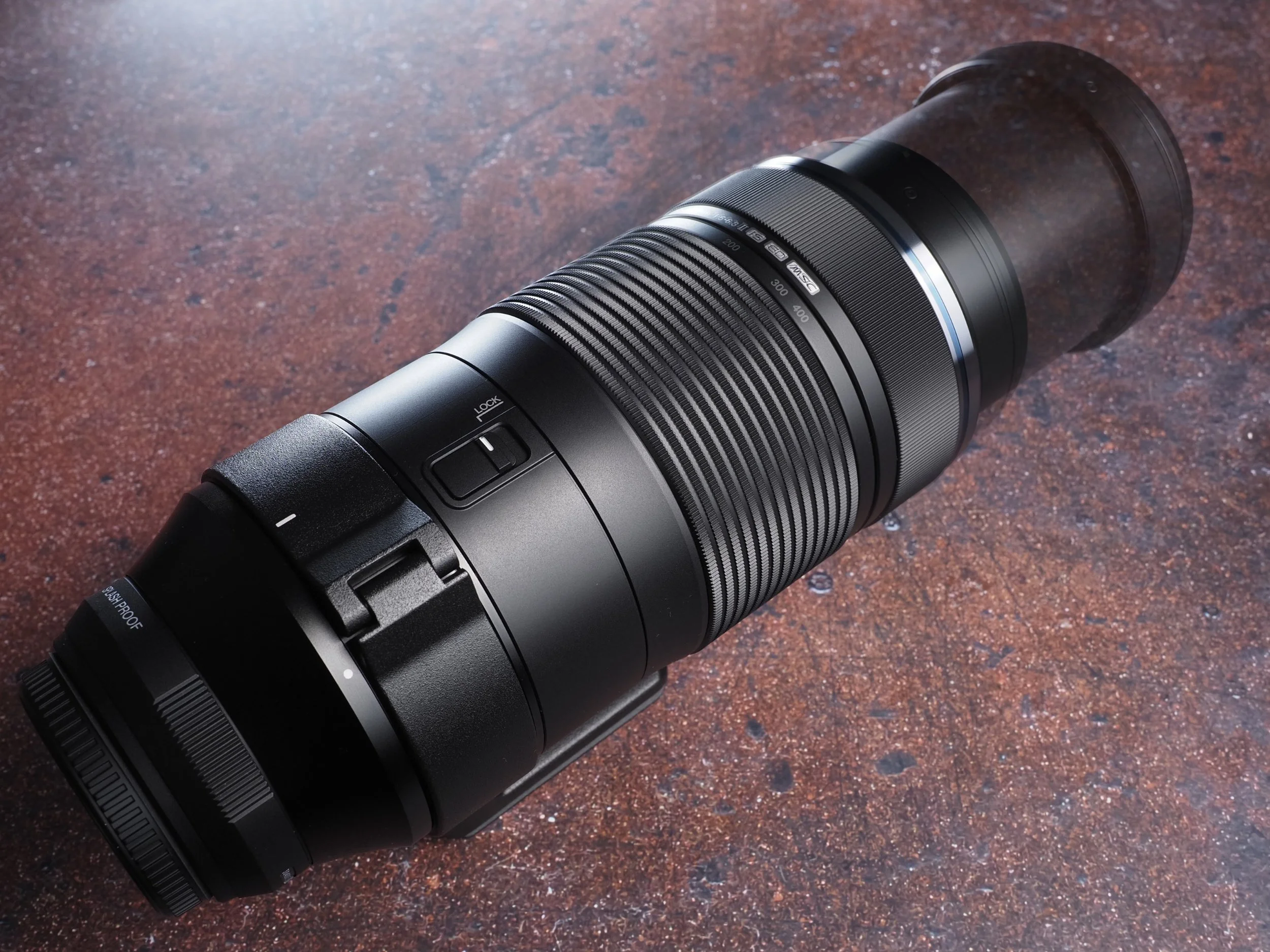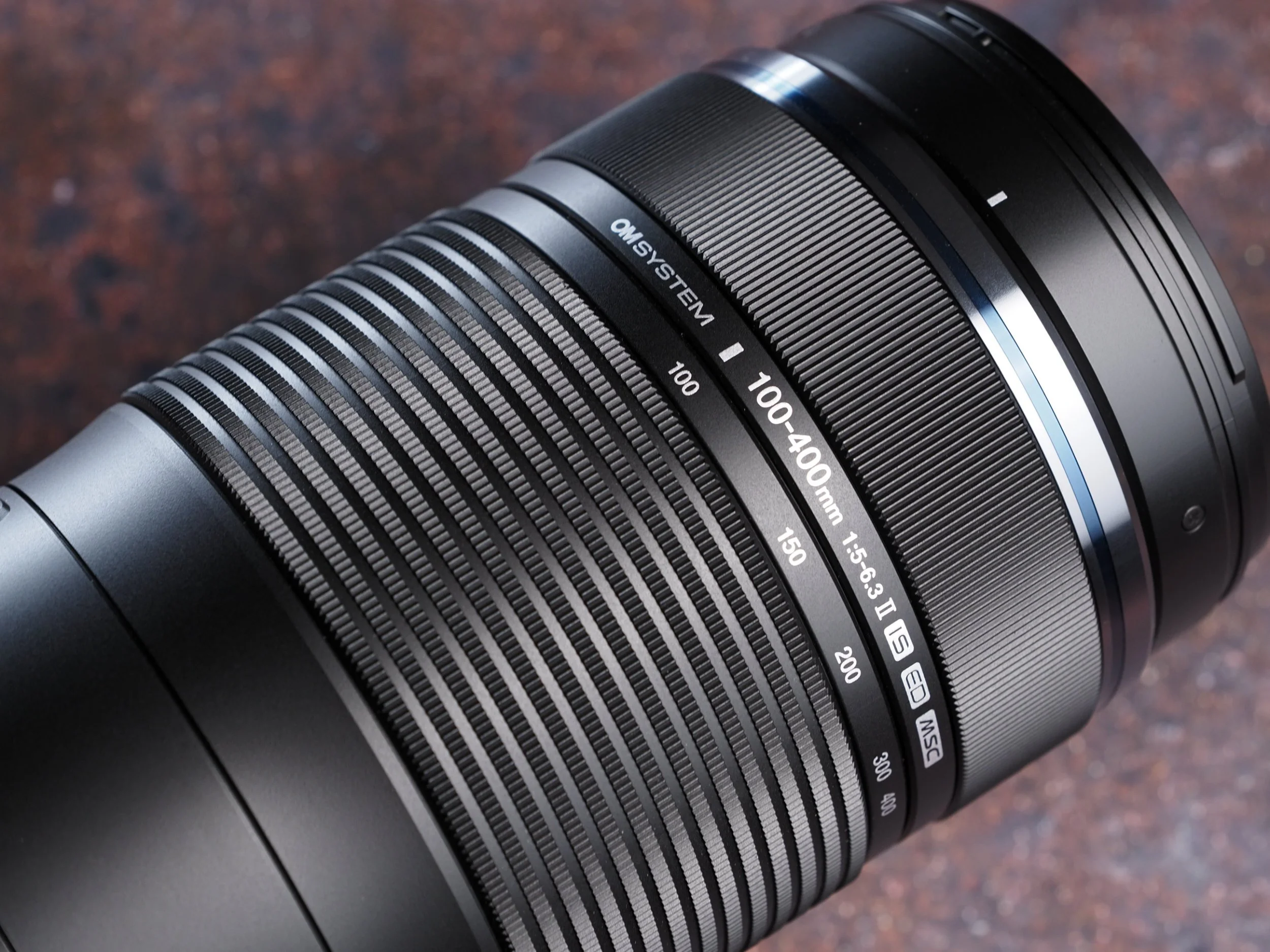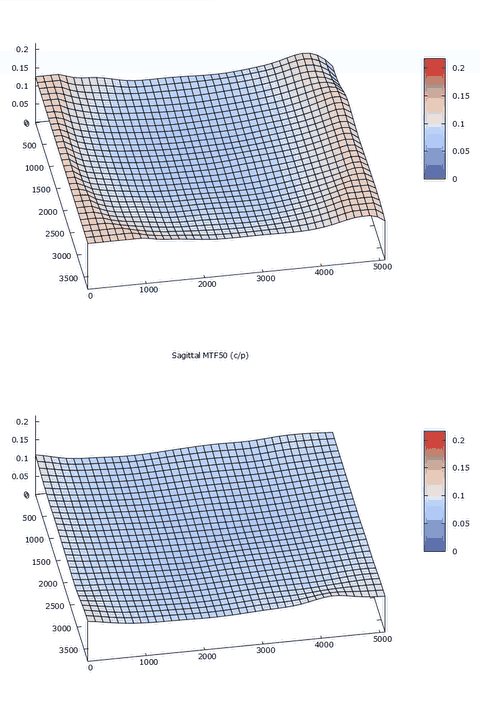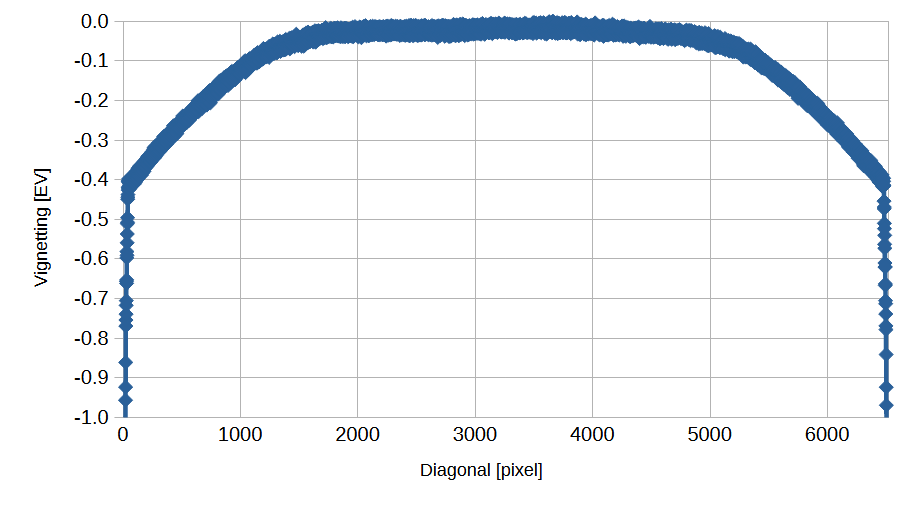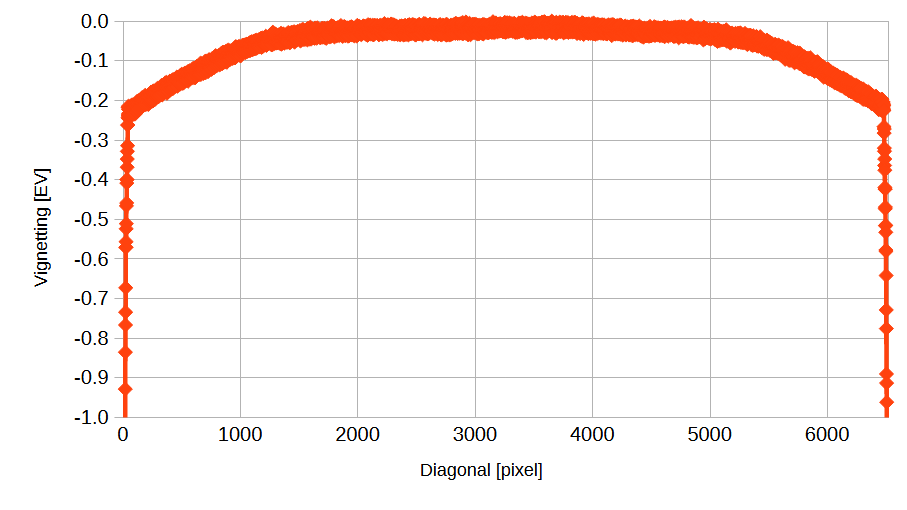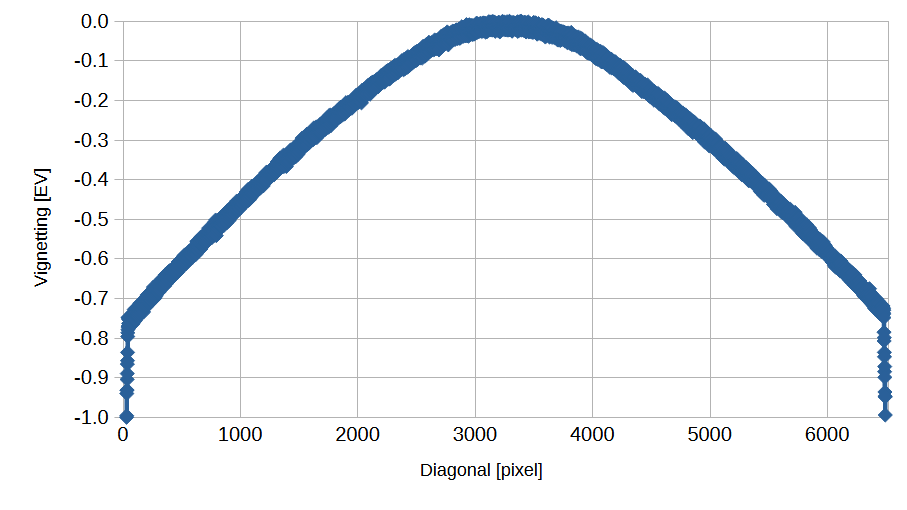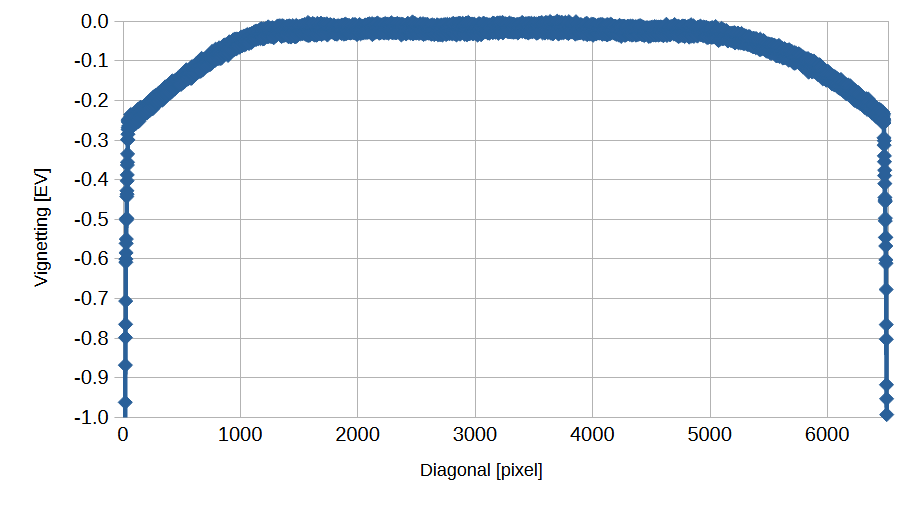OM System M.Zuiko 100-400 f/5.0-6.3 II
1. Introduction
Positioned by OM System as the ideal super telephoto companion for the aspiring nature photographer, the M.Zuiko 100-400mm f/5.0-6.3 II quickly reveals itself to be far more. This in-depth review demonstrates that its optical quality and durability surpass mere entry-level demands, making the 100-400mm II a formidable contender for even professional sports and wildlife photography.
2. Optical Construction
Optical system design (Source: OM System Japan)
Focal length: 100-400mm
Aperture range: f/5.0-6.3 to f/22
Covering power: 17.3×13mm
Optical system: 21 elements (4× ED, 2× SHR, 2× HR) in 15 groups
Optical coatings: ZERO (Zuiko Extra-low Reflection Optical) and fluorine protective lens coating
Image-space telecentric: No
Aperture mechanism: 9 blades
Aperture precision: Near perfect. Deviations from ideal performance barely measurable across the full f-number range, ensuring accurate exposures.
Aperture precision: measured by 6% of the full frame
Aperture precision: measured by 56% of the full frame
3. Design, Engineering and Ergonomics
Lens mount: Micro Four Thirds
Weight: 1,125g (lens only), 1,300g (with tripod collar)
Diameter: 86.4mm
Length: 205.6mm (with retracted lens barrel at f=100mm)
Filter size: 72mm
Ingress protection: IPX1
The Zuiko 100-400mm f/5.0-6.3 is constructed in Japan from lightweight, yet highly durable materials. Critical structural components are crafted from metal, while other elements utilize engineering-grade plastics. This thoughtful material selection, combined with utmost precision in assembly, results in exceptional build quality,manifested in details such as the nonexistent play of its front lens barrel when extended. Designed to withstand adverse weather conditions, the lens features an IPX1 rating, signifying protection against light rain and condensation. While no formal protection rating against solid objects is provided, OM System explicitly states the lens boasts a dust-proof construction. Practical observations confirm this claim, as dust particles accumulate at the front of the extending zoom barrel rather than entering the internal mechanism. Given OM System’s formidable service infrastructure, owners of this lens can be confident it will maintain top performance for many years.
M.Zuiko 100-400II lens barrel extension
Overall, the 100-400mm f/5.0-6.3 II was designed with a clear form-follows-function mindset, aligning with modern M.Zuiko lens characteristics. For instance, the focus control ring and the well-dampened, mechanical zoom ring are easily distinguished: the latter features an interrupted longitudinal corrugation, differentiating it from the former's continuous pattern. Extensive control switches on the lens barrel provide direct access to important settings, including a three-setting focus limiter switch (1.3-6m, full, 6m-∞), an AF-MF switch, and an image stabilization toggle. All these override their respective in-camera settings on OM System cameras. Conveniently arranged on the left side of the lens, these switches are readily operable by the thumb of the left hand. Additionally, the right side of the lens is equipped with a mechanical zoom lock switch, which keeps the lens barrel from extending when set to f=100mm.
Controls on the left side
Lock switch on the right side
The removable metal tripod collar's foot is equipped with a standard 1/4-inch thread and is Arca-Swiss compatible. When paired with an OM System OM-1 and HLD-10 grip, the foot also serves as an ideal carrying point for the lens-camera combination, as it sits at the assembly's center of gravity.
OM-1 w/M.Zuiko 100-4ooII
Tripod collar (detail)
Feature Compatibility
The lens is fully supports OM System’s in-camera focus bracketing and focus stacking features.
4. Image Stabilization
Image stabilization mechanism: voice coil motor
Image stabilization performance:
4.5 EV from f=100mm to 400mm (lens only)
7 EV at f=100mm to 5.5 EV at f=400mm (5-axis Sync-I.S.)
A pivotal enhancement of this lens compared to its predecessor is its significantly improved image stabilization system. The redesigned voice coil driven mechanism now provides full compatibility with OM System’s class-leading "Sync-I.S.", delivering up to 7 EV of stabilization performance. In practice, I found the system to be excellent in terms of both reliability and capabilities. Its advanced design ensure that the image stabilization maintains a high level of performance even when panning the camera-lens setup, such as when following a bird in flight. Furthermore, its robust standalone performance is particularly advantageous for users of Panasonic or legacy Olympus camera bodies.
5. Focusing, Field of View and Magnification
Focus range: 1.3m to ∞ at all focal length settings; 0.99m at f=100mm
Zoom focus: varifocal
Focusing mechanism: focus by wire
Focusing method: internal focusing
Focus throw: dynamic
Diagonal angular field of view: 12 to 3.1° (on MFT)
Maximum magnification:
0.17× (36×24mm equivalent) at f=100mm
0.57× (36×24mm equivalent) at f=400mm
Focusing
Fully compatible with OM System’s latest autofocus technologies found in their high-end camera bodies, the M.Zuiko 100-400 II delivers focusing performance swift enough for even the speediest subjects. When paired with an OM System OM-1, sequential shooting with full autofocus, exposure, and white balance metering is supported up to 25fps. This makes the lens a reliable companion for professional sports and wildlife photographers.
Beyond its speed, the lens is also capable of impressively fine focus adjustments. Tests revealed its focusing mechanism is exceptionally well suited for macro photography and focus stacking, thanks to fine focus increments at all focal length settings. On top of that, focus operation is nearly silent, fully justifying its "Movie and Stills Compatible" designation.
Focus Shift
Importantly, performance is not hampered by focus shift, which is virtually absent. Even at 400mm, deviations from the ideal are practically impossible to detect within the f/6.3 to f/11 range.
MTF50 values, captured at f=400mm across varying apertures from a fixed focus setting, illustrate the near-absence of focus shift.
Focus-Dependent Field of View
The angular field of view of the M.Zuiko 100-400mm II stays impressively consistent regardless of focus distance. The deviations remain within a 2° corridor, rendering them almost imperceptible in practice.
Angular field of view at f=100mm at various focusing distances measured from the entrance pupil.
Magnification
OM System declares that the M.Zuiko 100-400mm II boasts a close focusing distance of 1.3m across the entire zoom range. In reality, the lens performs even better. At f=100mm, with a minimum focusing distance of only 0.99m, a magnification of 0.17x (36x24mm equivalent) is achieved. An even higher magnification of 0.57x (36x24mm equivalent) is achieved at a focusing distance of 1.3m with the lens zoomed to f=400mm.
Comparing measured magnification at f=100mm with a theoretical thin lens approximation, it becomes evident that the lens delivers almost ideal performance.
Varifocality
When changing focal length, lens elements are automatically shifted to maintain quasi-parfocality. While this system works well at moderate zooming speeds, a quick turn of the zoom ring can throw it off.
6. Optical Performance
Spatial Frequency Response
MTF50 performance of the M.Zuiko 100-400mm f/5.0-6.3 II is very good for a super telephoto zoom lens. When tested on an OM System OM-1, the lens achieves its peak MTF50 of 0.29 c/p at f=100mm and f/5.6. Across other focal lengths, f/8.0 consistently delivers strong results, with MTF50 ranging from 0.27 c/p at 200mm to 0.26 c/p at f=400mm. This performance readily supports high-quality large format prints.
MTF50 in the image center at various focal lengths & f-stops (camera: OM System OM-1)
It is noteworthy that the manufacturer-provided MTF-charts indicate slightly better performance at f=400mm compared to f=100mm, which is not in agreement with my test results.
OEM-provided MTF-curves (Source: OM System Japan)
Curvature of Field
With minimal field curvature, the M.Zuiko 100-400mm f/5.0-6.3 II delivers consistent sharpness across the full Micro Four Thirds frame, with any noticeable fall-off confined to the utmost edges.
Curvature of field at f=100mm and f/5.0 (animated)
Monochromatic Aberrations
OM System's lens designers evidently prioritized the correction of monochromatic aberrations, with spherical aberrations, astigmatism, and comatic aberrations virtually imperceptible in practical shooting conditions.
Chromatic Aberrations
Examining full-frame chromatic aberrations—both longitudinal and lateral—the level of correction achieved is remarkable. At 100mm and f/5.0, color shifts remain below 1 pixel, rendering them almost imperceptible except under very close scrutiny.
Full frame chromatic aberrations at f=100mm and f/5.0
Considering axial color focus errors, even at 400mm, the red and green channels focus essentially at the same distance, with only the blue channel being slightly out of sync. Consequently, the M.Zuiko 100-400mm f/5.0-6.3 II can be classified as a near-apochromat or a very well-corrected achromat.
Longitudinal color focus error at f=400mm and f/6.3
Curvilinear Distortion
Well below the detection threshold.
Illumination Fall-Off
Very low from 100mm to 200mm in practical use. Only at 400mm, when focused at infinity, does vignetting reach a noticeable -0.8 EV. Stopping down to f/8.0 has the potential to significantly reduce or even fully eliminate this attenuation, especially at wider focal length settings.
f=100mm, f/5.0, focus: inf.
f=200mm, f/5.9, focus: min.
f=400mm, f/6.3, focus: inf.
f=100mm, f/8.0, focus: inf.
f=200mm, f/8.0, focus: min.
f=400mm, f/8.0, focus: inf.
Lens Flare
The M.Zuiko 100-400mm f/5.0-6.3 II exhibits above average flare resistance thanks to OM System's state-of-the-art lens coatings, delivering excellent performance even with backlit subjects.
Flare at f=100mm and various f-numbers
Spectral Transmission
Another welcome advantage of OM System’s advanced lens coatings is their neutral spectral transmission characteristic. The red transmission line in the graph shows only negligibly reduced green and blue transmission relative to the orange-red spectrum, resulting in a faithful and accurate color reproduction.
The red line indicates the spectral transmission of the 100-400mm II relative to the reference light source.
PSF Manifestations
Overall, bokeh rendition is neutral, with reasonably round shapes maintained by the lens’s 9-bladed aperture even when stopped down. Although faint grinding patterns are visible in bokeh highlights, their discernibility is limited to point light sources, thus not impacting general use. Notably, the bokeh shapes inside and outside focus are indistinguishable in terms of luminance fall-off, which is indicative of near-perfect spherical aberration correction.
The low amount of optical vignetting is particularly beneficial, allowing for off-center cropping without conspicuously distorted background patterns, making this lens highly suitable for sports and wildlife.
Defocus inside at f/5 and f=100mm
Defocus inside at f/8 and f=100mm
Defocus outside at f/5 and f=100mm
Defocus outside at f/8 and f=100mm
7. Teleconverter Compatibility
M.Zuiko MC-14 1.4× Teleconverter
f=140mm, max. magnification 0.24× (36×24mm equivalent) at distance=0.99m
f=560mm, max. magnification 0.81× (36×24mm equivalent) at distance=1.3m
M.Zuiko MC-20 2.0× Teleconverter
f=200mm, f/10; max. magnification 0.34× (36×24mm equivalent) at distance=0.99m
f=800mm, f/13; max. magnification 1.15× (36×24mm equivalent) at distance=1.3m
M.Zuiko 100-400 II with MC-14 and MC-20
Teleconverter Performance Assessment
The M.Zuiko 100-400 II is fully compatible with OM System’s high-performance PRO teleconverters, the MC-14 and MC-20. Both not only extend reach but also enable higher achievable magnification. Thanks to the above average correction of aberrations and axial color focus errors, these teleconverters can be used without significantly deteriorating image quality, making the M.Zuiko 100-400 II an even more flexible tool. When coupled with the MC-20, equivalent magnifications of 1.15× at a working distance of 1.3m are possible, a capability excellent for professional macro photography typically only achievable with dedicated lenses. The possibilities, thanks to the lens’s focus stacking capabilities, are endless.
8. Verdict
The M.Zuiko 100-400mm f/5.0-6.3 II stands as a highly capable super telephoto zoom. Its robust yet portable construction, impressive image stabilization, and swift autofocus cement its position as a reliable tool for demanding applications like sports and wildlife.
While its managed varifocality represents a minor technical compromise, in practical use, it performs comparably to a true parfocal lens. Furthermore, the laudable optical correction across the zoom range ensures high-quality imaging and optimal compatibility with professional M.Zuiko teleconverters.
This lens delivers a performance that feels almost too good to be true, both on paper and in the field. If an f/5.0-6.3 aperture meets your needs—which, with the exceptional low-light performance of modern Micro Four Thirds cameras, is almost always the case—then there is simply no reason not to choose the formidable M.Zuiko 100-400mm f/5.0-6.3 II.
9. Recommended Accessories
While the included LH-76D lens hood, which attaches directly via its dedicated front bayonet, effectively mitigates stray light, its very tight fit led my personal preference to gravitate towards a simpler, easily detachable metal screw-in hood with a length of 35mm. When paired with a high-quality 72mm protection filter, this combination provides robust protection for the front element against both adverse environmental conditions and stray light.
Original LH-76D and third party screw-in lens hood (length 35mm)
Optimizing lens longevity and optical performance also extends to managing thermal exposure. Specifically, during prolonged periods of direct sunlight, the black plastic housing of the lens is prone to considerable thermal absorption. Applying a simple white-colored lens skin from Life+Guard significantly reduced this thermal transfer, consequently decreasing thermal stress on the precision-engineered internal optical elements.
Life+Guard skins for the M.Zuiko 100-400 mark I fit the mark II version with minimal cutting during the application process.
10. Resources
The Professional’s Verdict on YouTube
In-depth analysis of the test results as well as practical tips.
Pro Guide for the M.Zuiko 100-400 Mark II
The definitive course on how to achieve best results with the 100-400 Mark II.
Purchase the M.Zuiko 100-400 Mark II
Support my work by shopping through the affiliate link.

